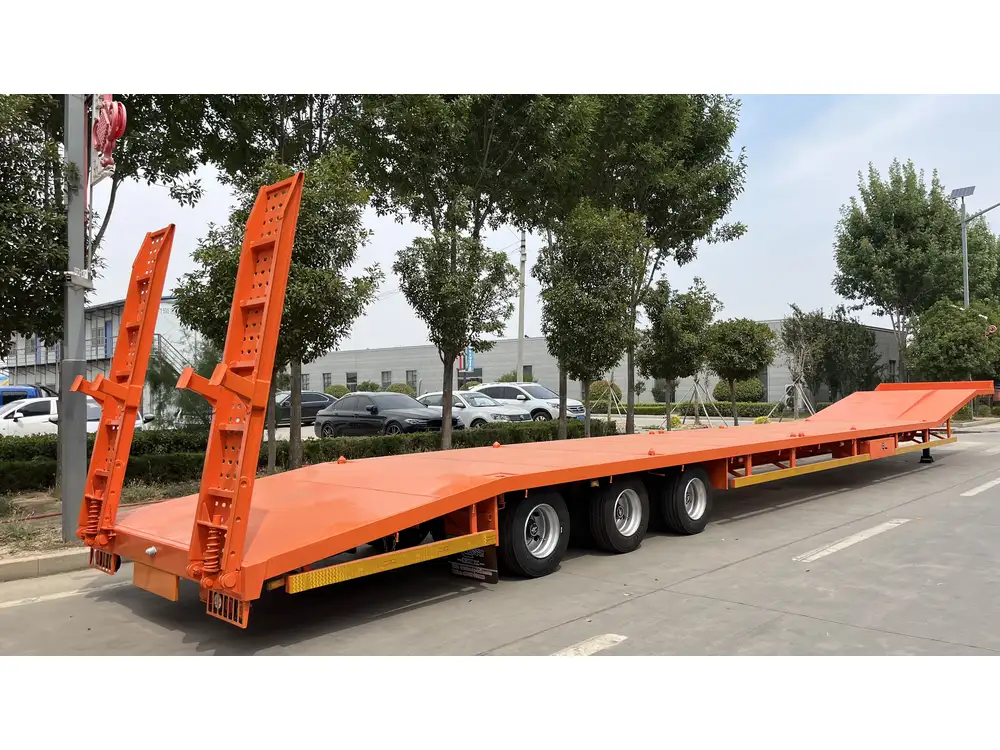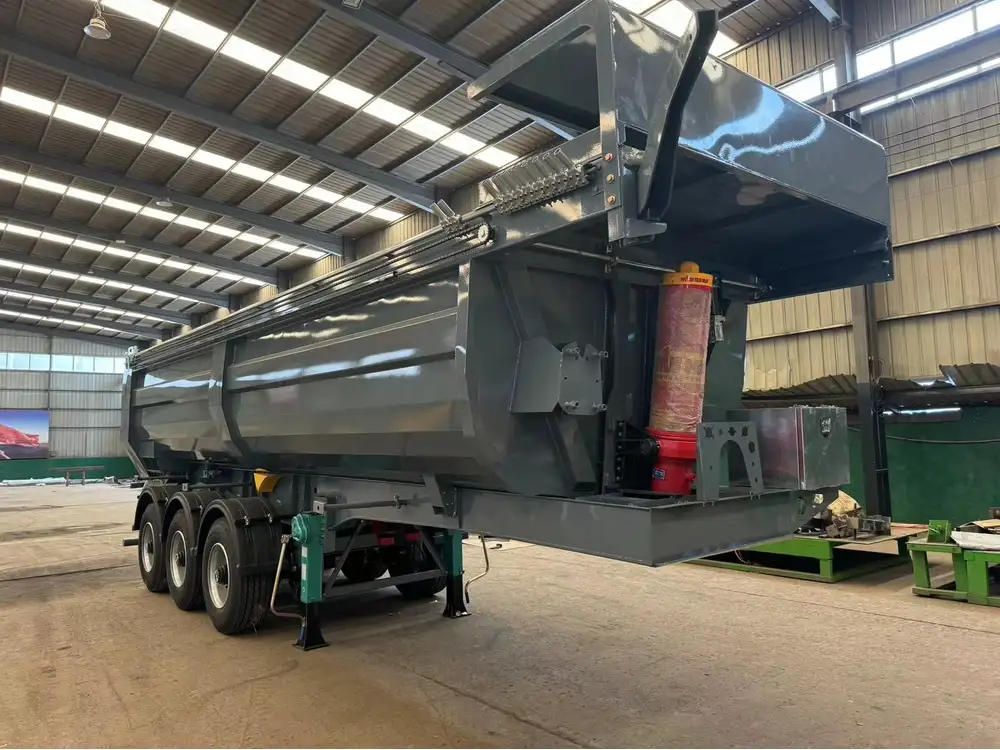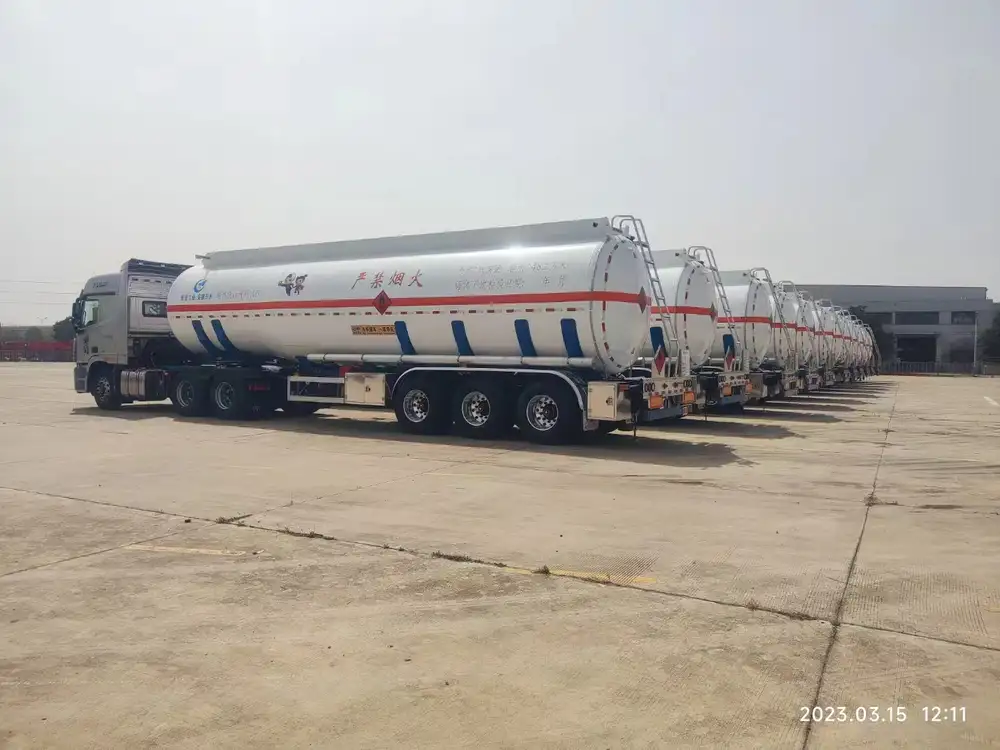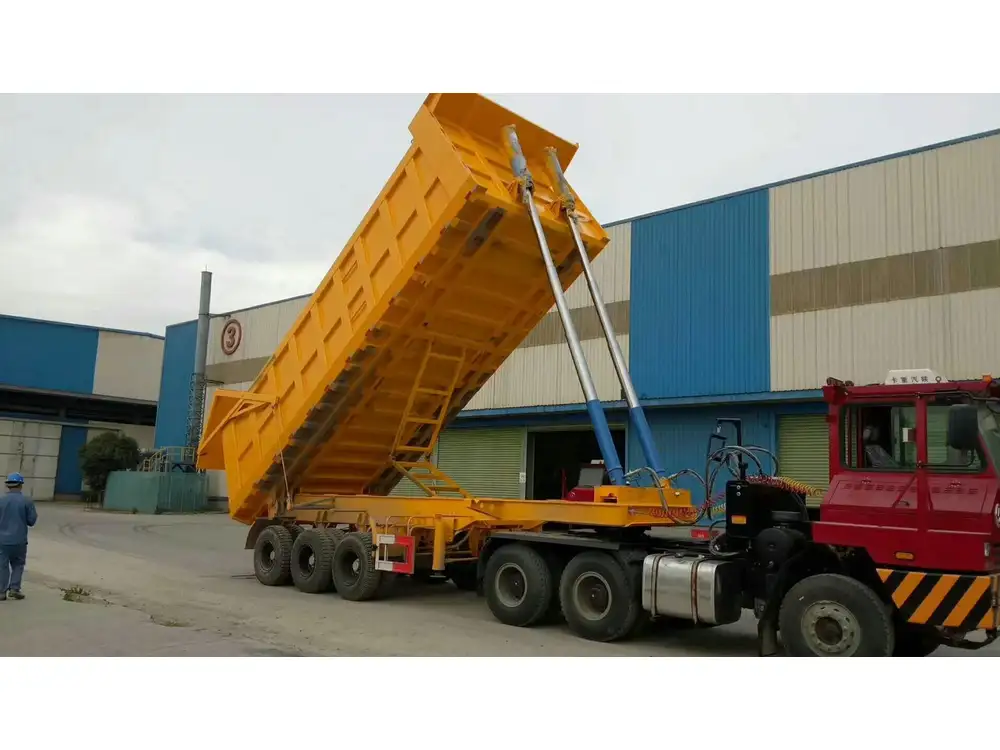When we consider the operation of semi-trailers, particularly in scenarios with challenging geographical features like mountain highways, it’s crucial to delve deeply into various facets of this dynamic. A semi-trailer coasting downhill presents a fascinating array of mechanical, safety, and operational challenges. This article will explore the effects of gravity, braking systems, load management, and safety protocols essential for ensuring the secure handling of semi-trailers in such conditions.
The Physics Behind Coasting
1. Gravity and Its Role
Compactly put, gravity affects how a semi-trailer behaves when losing elevation. As the truck descends, gravitational forces pull the vehicle downward, influencing speed and momentum. Understanding gravity’s effect involves recognizing:
- Weight Distribution: Heavier loads increase gravitational pull, leading to more significant momentum as the trailer descends.
- Angle of Descent: The steeper the incline, the more pronounced the effects of gravity, escalating risk if not managed properly.

Table: Effects of Load on Momentum
| Load Weight (lbs) | Acceleration (ft/s²) | Increase in Velocity Over 1 Mile (mph) |
|---|---|---|
| 10,000 | 32.2 (Gravity) | 25.5 |
| 20,000 | 32.2 (Gravity) | 51.0 |
| 30,000 | 32.2 (Gravity) | 76.5 |
2. Understanding Kinetics
As the semi-trailer picks up speed, the kinetic energy increases significantly. The equation for kinetic energy (KE) is:
[ KE = \frac{1}{2} m v^2 ]Where:
- m = mass (weight of trailer and cargo)
- v = velocity (speed of the trailer)
3. The Importance of Managing Speed
Achieving reasonable control over speed becomes increasingly essential. The truck driver must be aware of braking distance, which is influenced by:
- Vehicle Weight
- Road Conditions
- Braking System Efficiency

Braking Systems: A Critical Component
1. Types of Braking Systems
Braking systems on semi-trailers must be robust, reliable, and responsive to the conditions faced while coasting downhill. The primary systems include:
Air Brakes: Mostly used in heavy-duty trucks due to reliability, where compressed air applies pressure to brake pads.
Hydraulic Brakes: Utilized for lighter trailers, offering adept responsiveness but may not provide sufficient power for heavier loads.
Engine Braking: An essential technique where the driver engages the engine’s compression to slow the vehicle down. This aids in minimizing wear on primary brake systems and maintaining control.
2. Automatic Braking Assistance
Modern semi-trailers equipped with advanced technologies can benefit from features like Automatic Emergency Braking (AEB). This system mitigates risks by applying the brakes when the collision detection system senses an impending danger. Such innovations bolster safety and reduce the fallout of high-stakes situations.

Load Management: The Unsung Hero
1. Importance of Proper Load Distribution
Load management dictates not just the trailer’s stability but its whole ascent and descent dynamics. Unevenly distributed loads can lead to a host of safety issues:
Rollovers and Jackknife Risks: Imbalance can cause sudden shifts that may result in tipping or skidding.
Increased Stopping Distances: Proper weight distribution reduces the brake strain, ultimately ensuring more reliable stopping power.
2. Checklists for Load Management
- Weight Limits: Adhere strictly to legal weight limits.
- Center of Gravity: Maintain a low center of gravity by lowering the load as much as possible.
- Securement: Utilize proper strapping techniques to prevent shifting during transit.
| Checkpoint | Importance |
|---|---|
| Weight Limits | Prevent fines and accidents |
| Load Positioning | Enhances vehicle handling |
| Securement | Reduces shifting and accidents |

Driving Techniques for Mountain Descents
1. Pre-Descent Preparations
Before embarking on a downhill journey, drivers should conduct a thorough assessment of their vehicle and the route. Critical factors may include:
- Weather Conditions: Rain, snow, or fog can significantly reduce visibility and road grip.
- Road Signs: Be heedful of downhill speed limit signs and specific truck restrictions.
2. Downhill Driving Strategies
During the descent, drivers should employ a mixture of techniques to maintain safety, including:
- Select Lower Gears: Using lower gears helps preserve speed control through engine braking.
- Apply Brakes Sparingly: Frequent brake application can overheat brakes; instead, use engine braking as the primary method whenever possible.
- Maintain Distance: Increasing following distance allows for adequate reaction time should sudden stops become necessary.

The Role of Technology in Enhancing Safety
1. Advanced Monitoring Systems
Technology, including GPS and Vehicle Telematics, plays an indispensable role in enhancing safety. These tools help drivers monitor:
Real-Time Speed: GPS data can alert drivers when they exceed safe operating speeds.
Payload Monitoring: Sensors can ensure optimal load distribution, providing immediate feedback if adjustments are required.
2. Predictive Maintenance Technologies
Handling impacts from adverse conditions is more manageable with predictive maintenance systems. These systems proactively alert operators regarding potential issues based on real-time data, informing them to perform timely repairs — a crucial factor in ensuring safety during downhill drives.

Safety Protocols for Coasting
1. Regular Safety Checks
Implementing a routine safety check can make all the difference. Essential checkpoints include:
- Brake System Integrity: Inspect air brake lines and pads for wear and tear.
- Tire Condition: Evaluate tire pressure and tread depth regularly.
- Lighting Systems: Verify external lights and brake indicators function appropriately.
| Inspection Area | Recommended Frequency |
|---|---|
| Brake Systems | Before every journey |
| Tires | Bi-weekly |
| Lights | Weekly |
2. Emergency Preparedness
Preparedness for emergencies is paramount. Essential items to carry onboard include:
- Safety Cones and Flares: To signal distress or a breakdown.
- First-Aid Kits: A vital collection of supplies to address minor injuries promptly.
- Fire Extinguishers: Critical for dealing with potential fire hazards.

Conclusion: Navigating Safely Downhill
The journey of a semi-trailer coasting downhill along a mountain highway encapsulates a nexus of physics, technology, and human skill. From comprehensively understanding the elemental forces at play, like gravity, to applying advanced braking systems, proper load management, and adherence to best practices, the safety protocols outlined nurture an environment where accidents can be minimized. By continually honing operational insights and embracing preventive technologies, semi-trailer operators can navigate these majestic but treacherous routes safely, ensuring the integrity of their cargo and the well-being of those sharing the road.
In an era where efficiency and safety must go hand in hand, recognizing and addressing the intricacies involved in trucking is an essential part of the industry. The pursuit of knowledge in maneuvering semi-trailers adeptly through changing terrains not only enhances operational performance but also contributes to a broader culture of safety on our highways.



